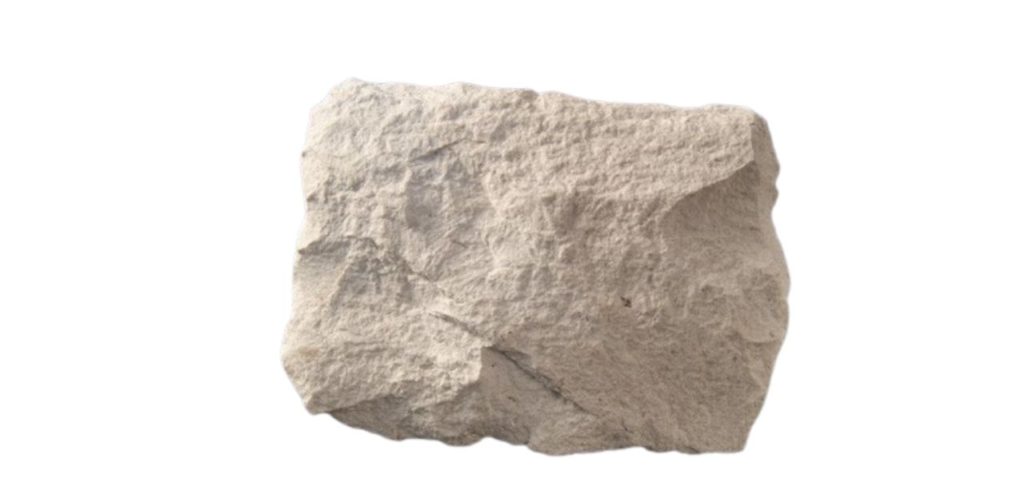Dolomite

This rock, also known as dolostone, contains a high proportion of the mineral dolomite (calcium magnesium carbonate), from which it gets its name. Detrital minerals and secondary silica (chert) are also present. Dolomite rocks are usually darker than other limestones (often creamy brown). Dolomites also tend to be less fossiliferous than other limestones, possibly because of the recrystallization that has often taken place during their formation.
TEXTURE Dolomite usually has an equigranular crystalline texture but sometimes occurs as compact and earthy masses.
ORIGIN This rock forms in marine environments. Most dolomites are believed to be of secondary origin, replacing original limestones.
Grain size: Medium, Fine
Classification: Chemical
Fossils: Invertebrates
Grain shape: Angular
